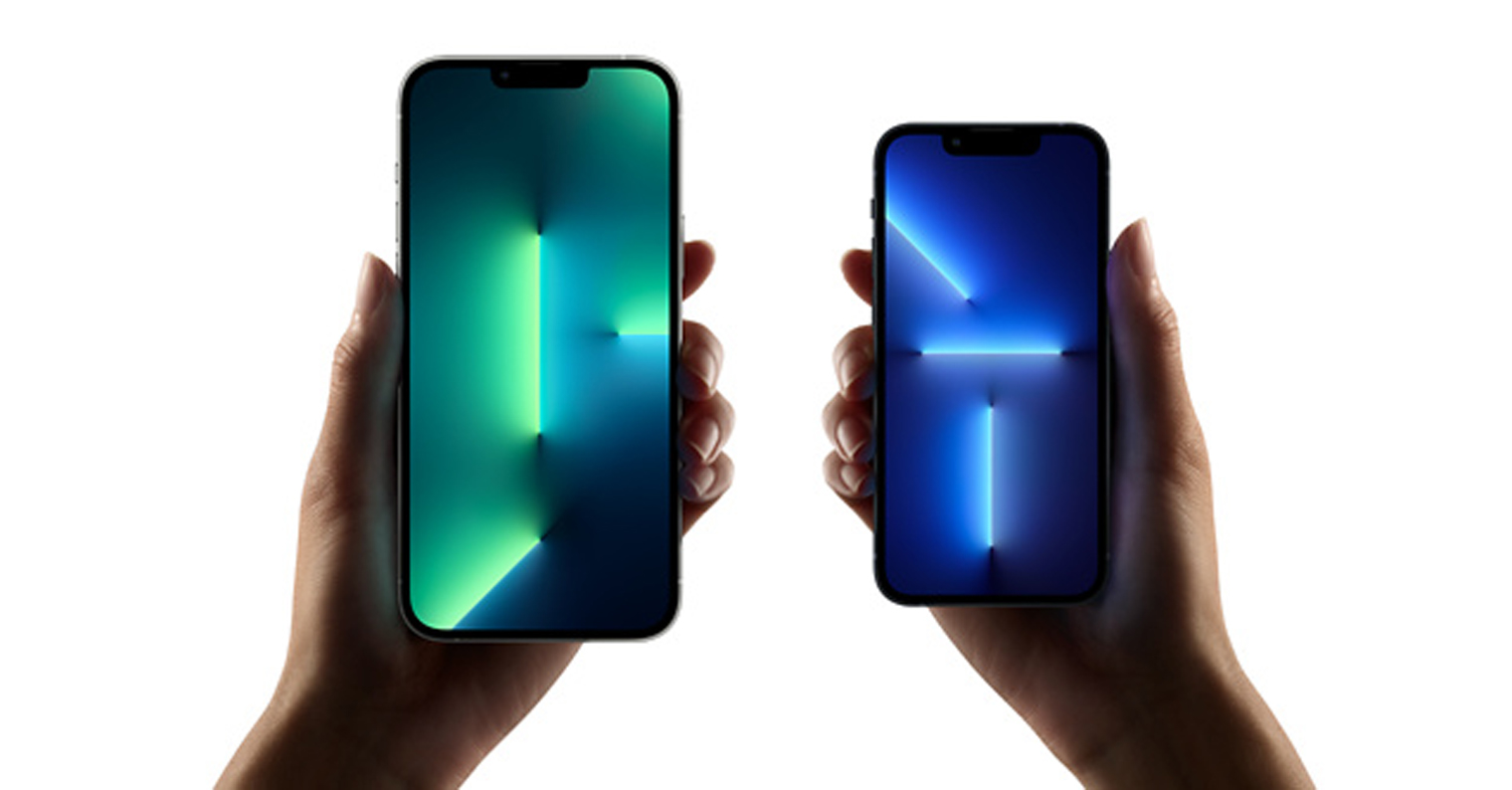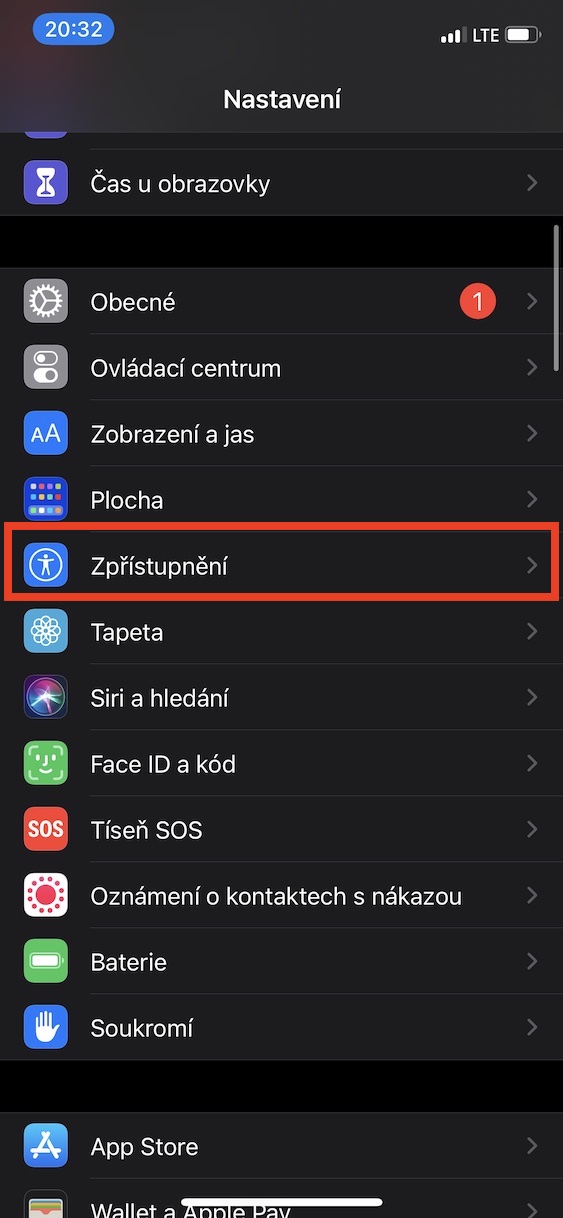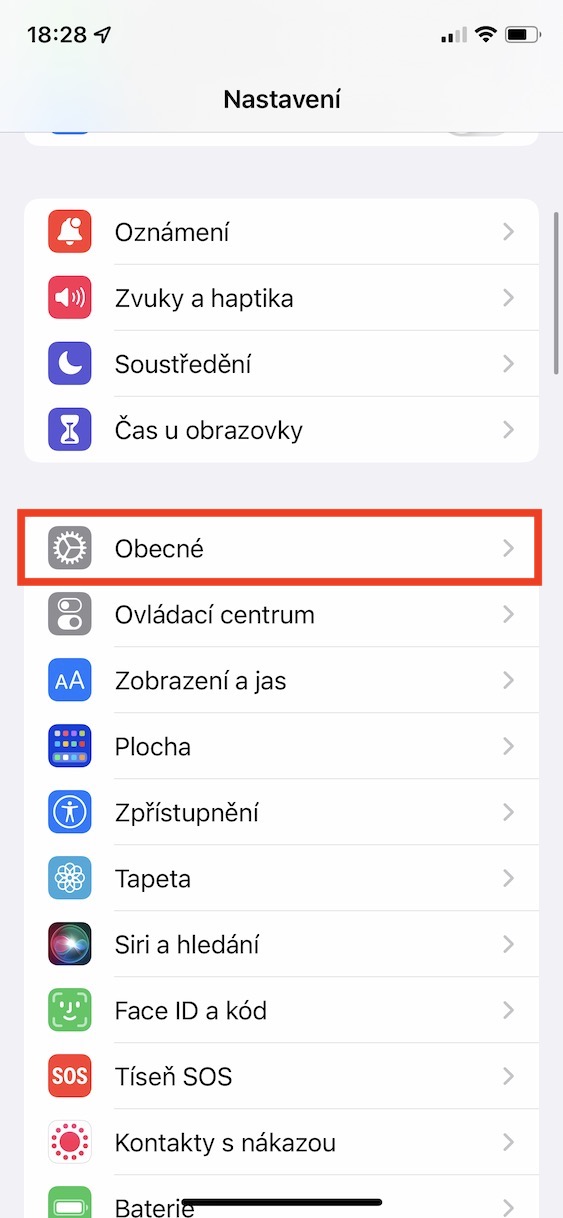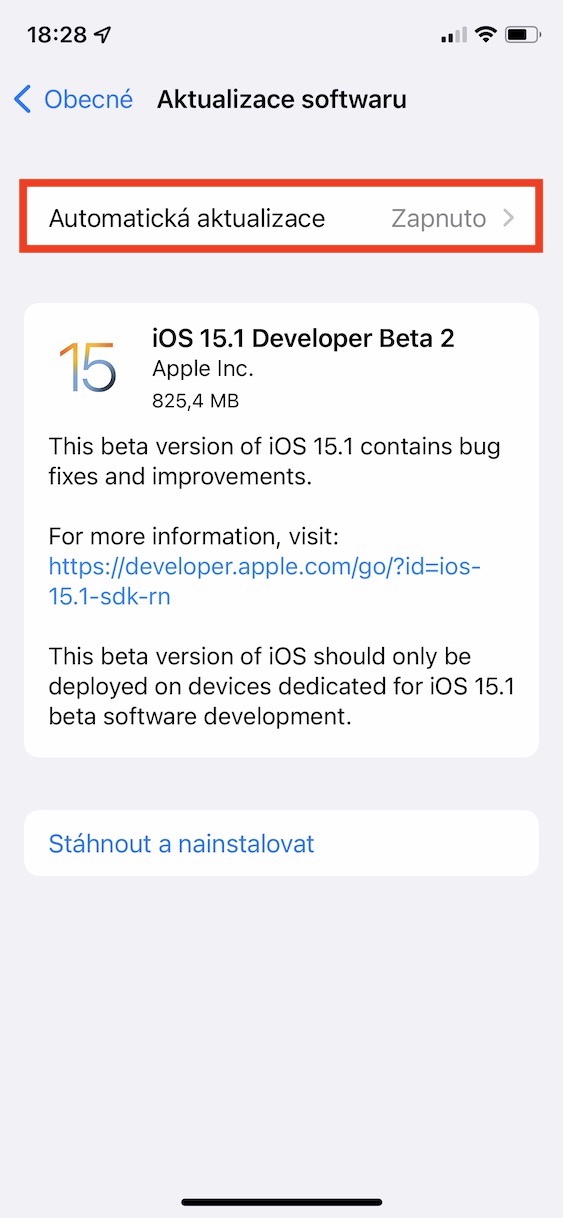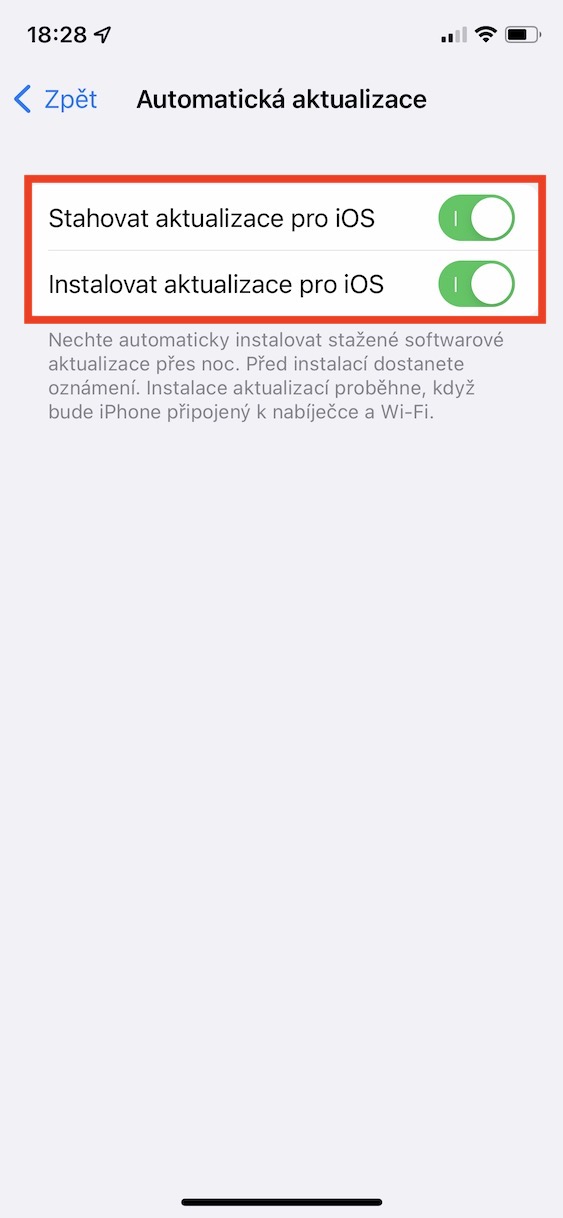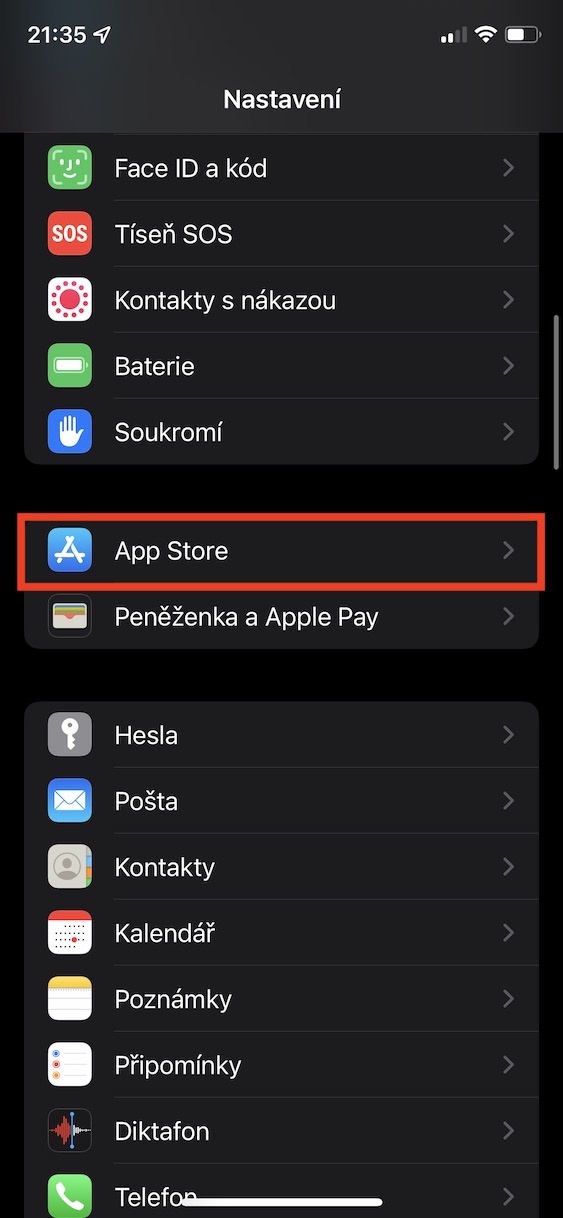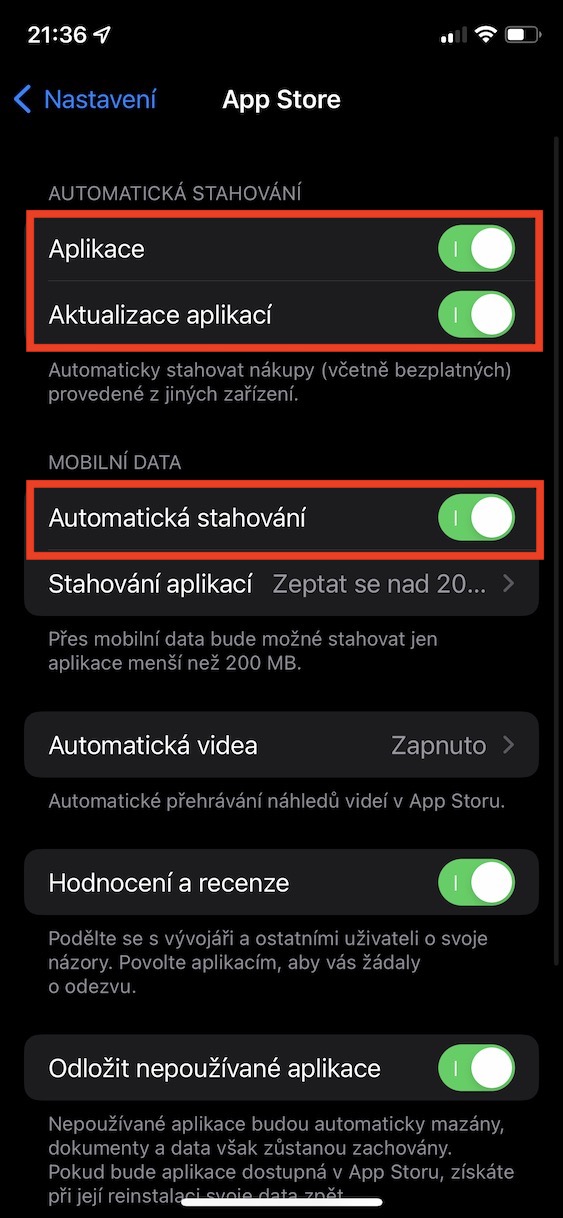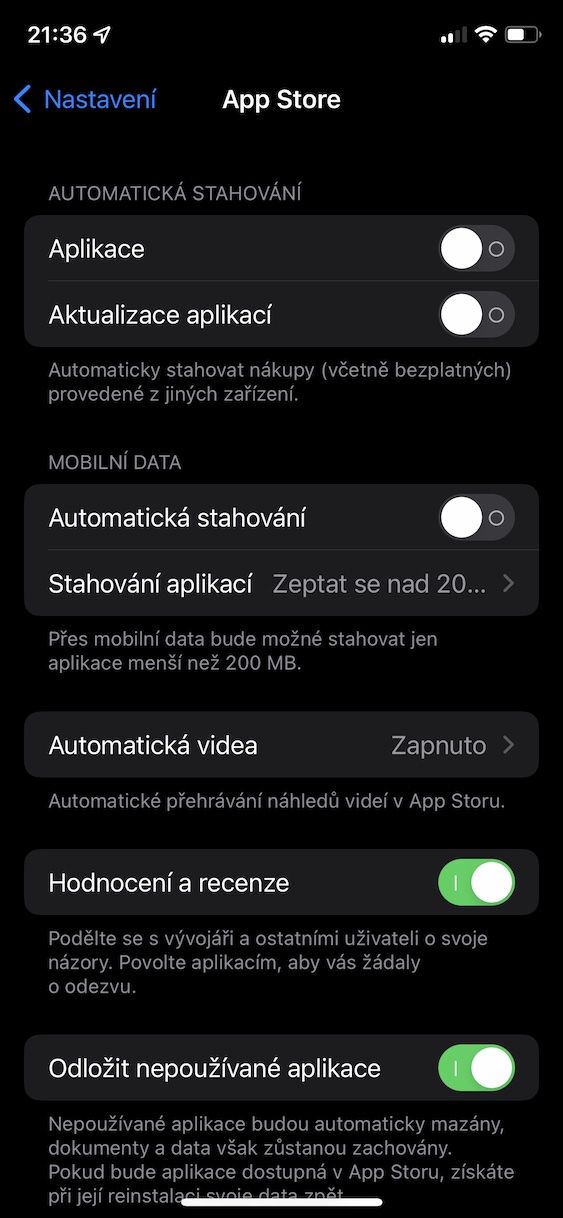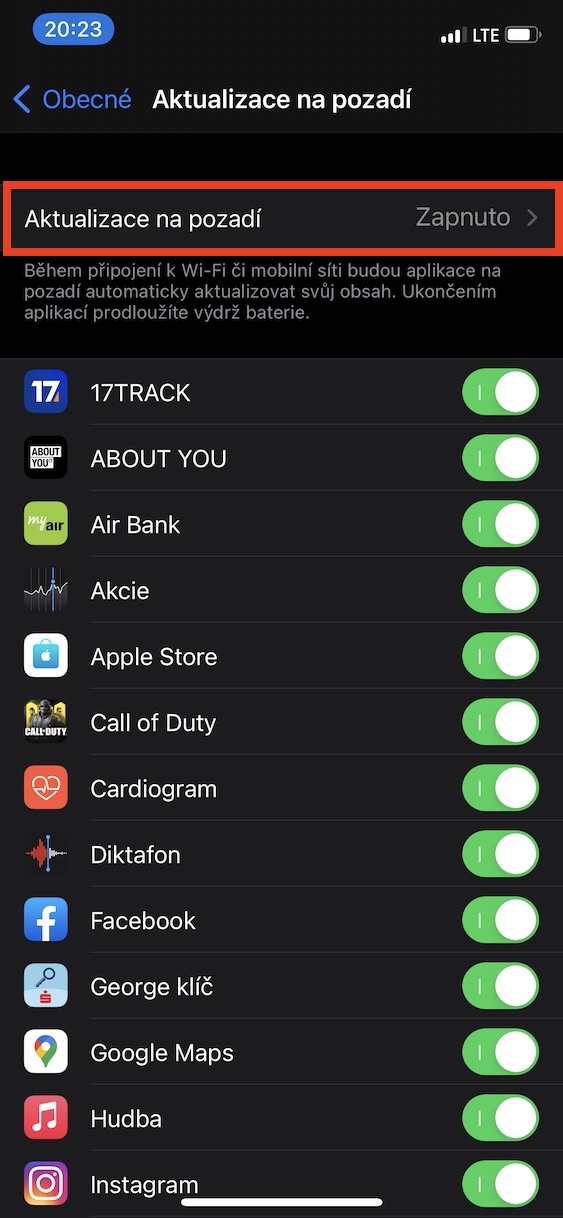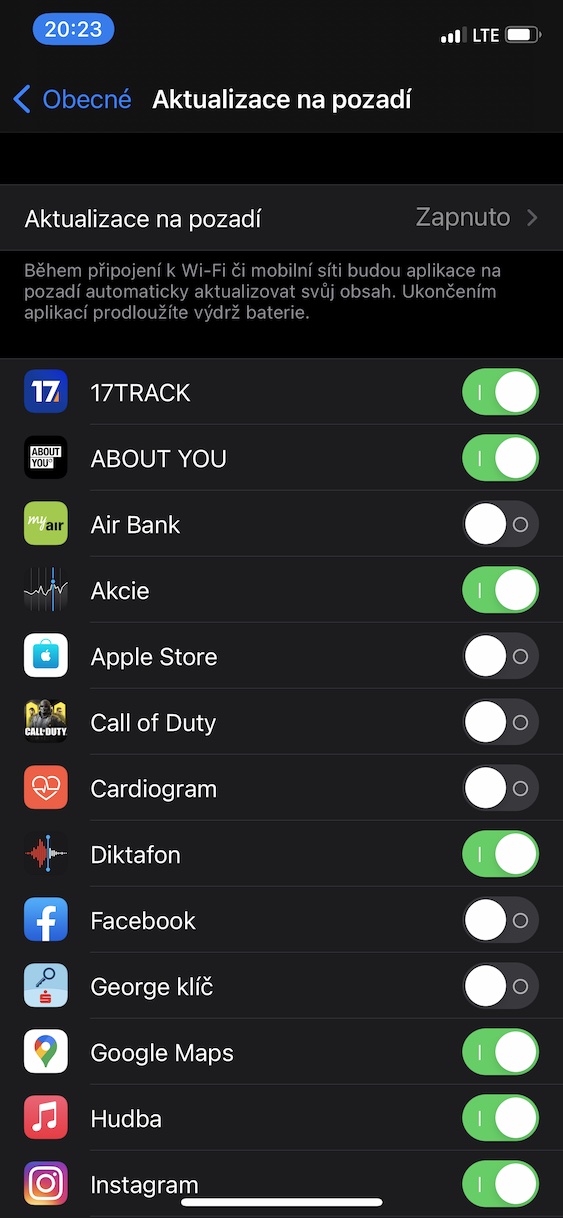The latest iOS 16 operating system was released to the public a few weeks ago. Of course, from the beginning we traditionally struggled with labor pains, and that this year they were really strong - there were really a lot of errors and bugs. Of course, Apple is constantly trying to fix all problems with minor updates, but we will have to wait a while for a complete solution. In addition, there are also users, mainly of older iPhones, who complain of slowdowns after updating to iOS 16. Therefore, in this article we will look together at 5 tips to speed up your iPhone with iOS 16.
It could be interest you
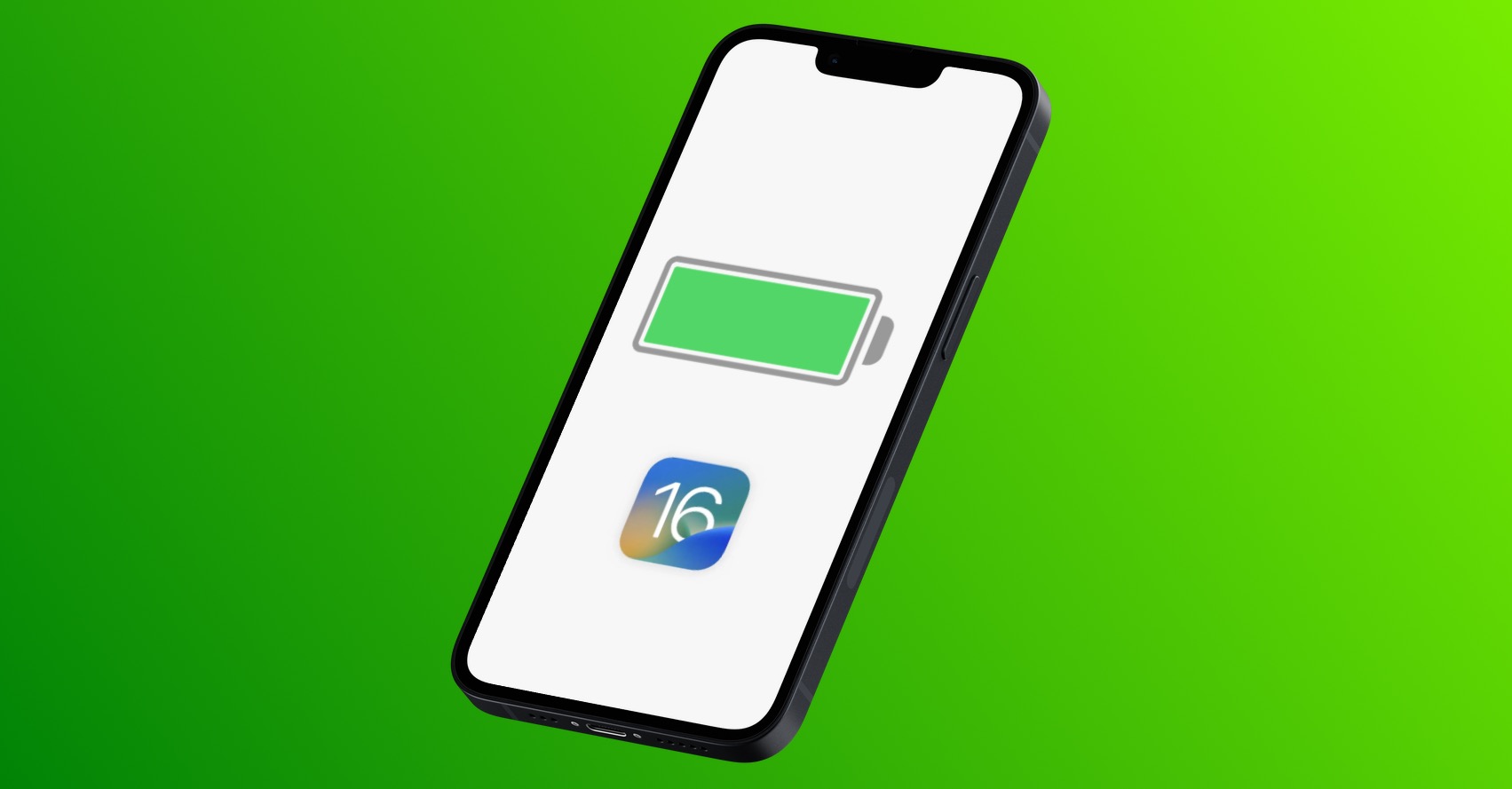
Turning off unnecessary animations
Practically everywhere you look when using the operating system iOS 16 (and all others), you will notice all kinds of animations and effects. Even thanks to them, the system looks simply modern and good, but it is necessary to mention that a certain amount of graphic performance is needed to display them. This can slow down older Apple phones in particular, but fortunately, unnecessary animations and effects can be turned off. This will free up hardware resources and at the same time result in a general speedup. You just need to go to Settings → Accessibility → Motion, where activate Limit movement. At the same time ideally turn on i Prefer blending.
Deactivating the transparency effect
On the previous page, we showed you how you can easily disable unnecessary animations and effects on your iPhone. In addition, however, you may also encounter transparency effects when using iOS, such as in the Control and Notification Center. Although this transparency effect may seem undemanding, the opposite is true, since two images must be rendered and processed to render it. Fortunately, the transparency effect can also be turned off and thus relieve the iPhone. Just open it Settings → Accessibility → Display and text size, where turn on function Reducing transparency.
Restrictions on downloading updates
If you want to feel immediately safe and protected on your iPhone, it is necessary to regularly update both the iOS system and the applications - we try to remind you of this very often. The iPhone tries to check for all updates in the background, but this can slow down older iPhones. So if you don't mind searching for and downloading updates manually, you can turn off their automatic background downloads. To disable background iOS update downloads, go to Settings → General → Software Update → Automatic Update. You can then disable background app update downloads in Settings → App Store, where in the category Turn off automatic downloads function Update applications.
Manage updates in the background
Many apps update their content in the background. Thanks to this, for example, in social network applications, the latest content will be displayed immediately after opening, in weather applications, the latest forecast, etc. However, as is the case with background activities, they can be useful, but cause a load on the hardware and thus slow down iPhone. If you don't mind waiting a few seconds to see the latest content every time you move to an app, you can limit or turn off background updates. You will do this in Settings → General → Background Updates, where either function can be turned off u individual applications separately, or completely.
Deleting application caches
To ensure that the iPhone runs fast, it is necessary that there is enough free space available in the storage. If it gets full, the system primarily always tries to delete all unnecessary files in order to function, which puts a huge load on the hardware. But in general, it is necessary to maintain the storage space in order for the iPhone to work properly and quickly. The basic thing you can do is delete the app data, i.e. the cache. You can do this for Safari, for example, in Settings → Safari, where below click on Delete site history and data and confirm the action. In other browsers and applications, you can find this option in the preferences. Additionally, I've included a link below to an article to help you with general freeing up storage space.
It could be interest you
